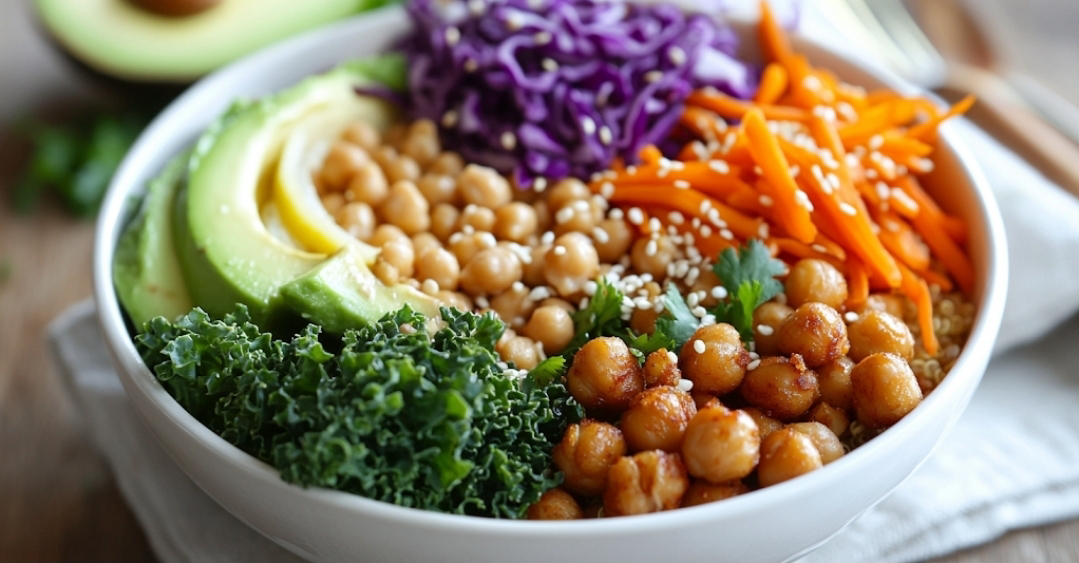Safe Vegetables for Kidney Failure Patients: A Guide
Hello friends, my name is Dr. Puruan, and in today's article, I will guide you on which vegetables are safe for kidney failure patients.
When dealing with kidney failure, it's essential to follow a restricted diet. A non-vegetarian diet is usually prohibited for these patients because of its high protein content, which can increase creatinine levels. As a result, patients are often advised to follow a vegetarian diet. However, many vegetables contain high levels of potassium, which can lead to severe complications like heart attacks or even death. Therefore, choosing the right vegetables is crucial.
Vegetables to Avoid
When selecting vegetables for a kidney failure patient, it's essential to be cautious. Here's a simple rule:
- Avoid vegetables grown below the surface of the earth that are brown in color. These include:
- Potatoes
- Sweet potatoes
- Beetroots
- Lotus stems
- Any other tuberous vegetable that is brown and grows underground
These vegetables are naturally high in potassium, which is dangerous for kidney failure patients.
- Avoid green leafy vegetables: Although healthy for most people, green leafy vegetables like spinach, parsley, coriander, and mint contain high potassium levels and should be completely avoided by kidney failure patients.
Vegetables That Are Safe
Now, you may be wondering: if we avoid all these vegetables, what is safe to eat? Here’s the good news! Vegetables that grow as fruits on plants or creepers generally have lower potassium levels, making them safer for kidney failure patients. These include:
- Round gourd
- Bitter gourd
- Snake gourd
- Tomatoes
- Okra (ladyfinger)
- Eggplant (brinjal)
- Cauliflower
- Cabbage
- Lettuce
These vegetables are safer options for kidney patients because of their low potassium content.
A Handy Tip
The next time you're grocery shopping, remember this golden rule:
Always avoid brown, rooty vegetables and green leafy vegetables.
In the description below, you’ll find a link to download a detailed diet chart listing safe vegetables and fruits for kidney failure patients.
Checking Potassium Content: A Quick Method
There’s another simple way to determine whether a vegetable is safe: a quick Google search. Just search for the potassium content of any vegetable. If it contains around 200 mg or less of potassium, it’s generally safe for kidney failure patients. If the potassium content is higher (e.g., 250 mg, 300 mg, or 400 mg), that vegetable should be avoided.
What About High-Potassium Vegetables?
If you want to consume a vegetable that’s high in potassium, like a potato, there’s a method called leaching that can help make it safer.
How to Leach Vegetables:
- Peel the vegetable.
- Cut it into smaller pieces.
- Soak the pieces in cold water for 3 to 4 hours.
- Drain the water.
This process helps remove excess potassium from the vegetable, making it safer to eat. However, leaching should only be done for high-potassium vegetables. Low-potassium vegetables shouldn’t be leached, as it removes essential nutrients, which could lead to deficiencies over time.
Conclusion
I hope this guide helps you understand how to choose safe vegetables for a kidney failure patient. In my next article, I’ll discuss which fruits are suitable for kidney patients. Until then, take care and stay safe!




Comments
Post a Comment